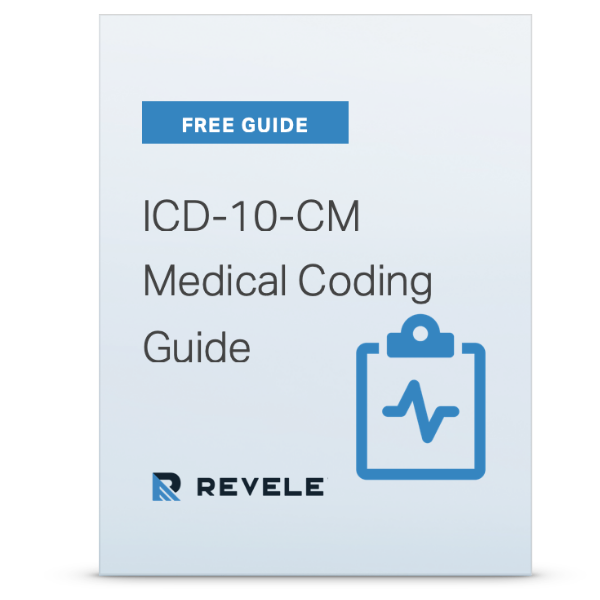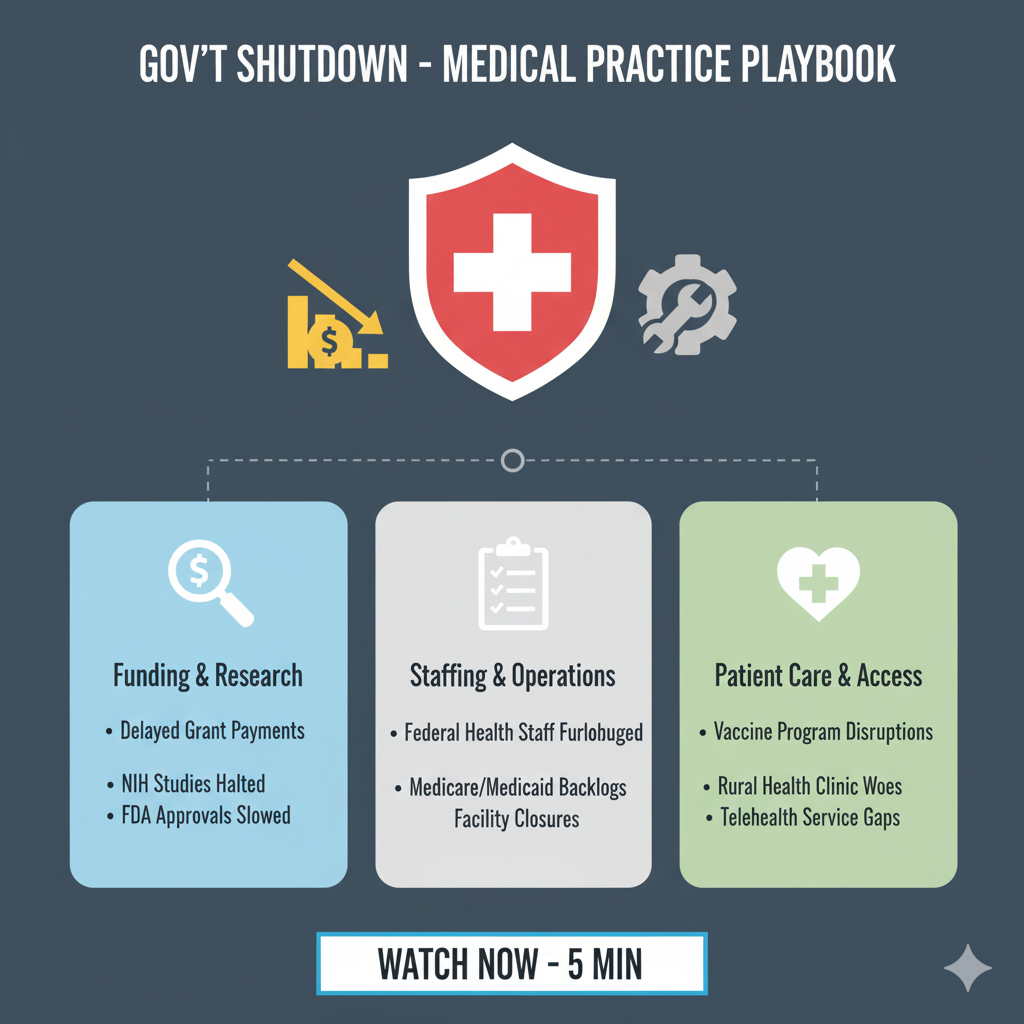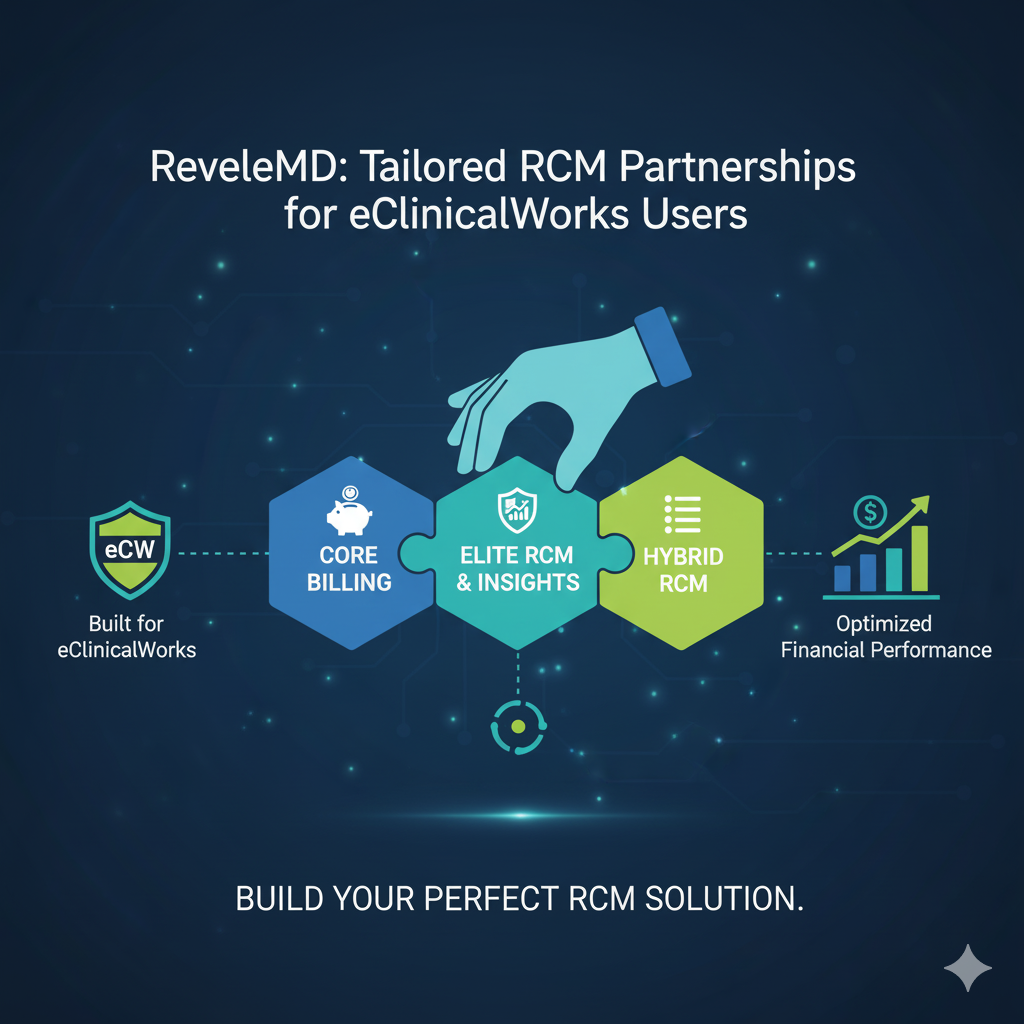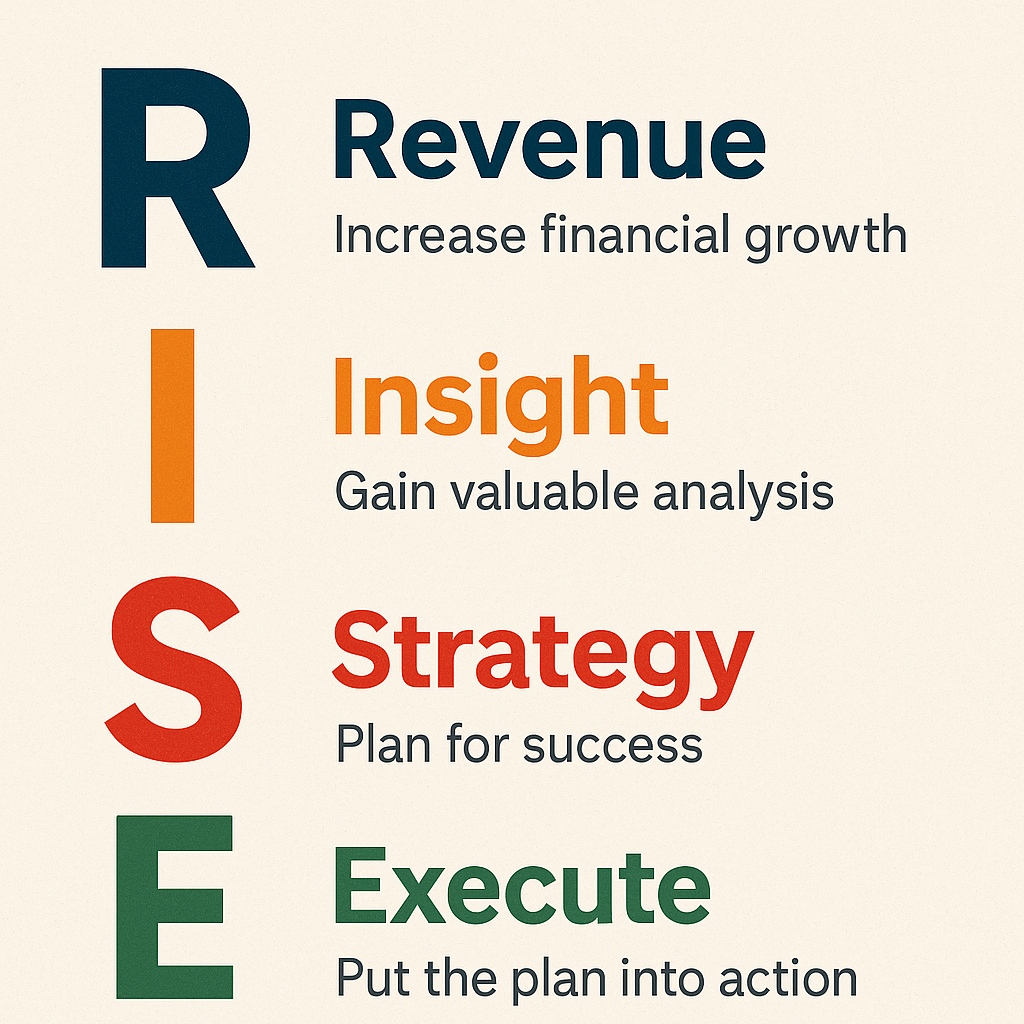Whether you are adding a new doctor or opening your own practice, you need to start the credentialing process in advance to avoid potential problems. If you ignore the significance of the credentialing process you will experience delayed cash flow, difficult scheduling because of patient restrictions, and repeated phone calls to and from payers.
What is Credentialing?
Physician credentialing is a matter of verifying a physician's school attendance and state licensure. It also involves employment verification and checking malpractice carriers associated with the physician.
Credentialing also involves a background investigation of the provider's criminal and financial history, and increasingly, their social media background. References will also be verified. It's an involved process that can take longer than you expect, so it's important to prepare early. Here are 10 quick tips for successful provider credentialing.
1. Assign a Credentialing Coordinator
Whether you outsource credentialing tasks or take care of them in-house, assigning a credentialing coordinator to stay on top of deadlines and expirations is smart business. He or she can send out timely reminders to help ensure that nobody's credentialing expires so reimbursements won't be denied on that basis.
2. Allow Plenty of Time for the Credentialing Process
While credentialing "should" take around 90 days, smart practices give themselves more like 150 days. Credentialing with payers must take place on their timeline, and each has its own credentialing timeline. Assume credentialing will take 150 days, and hopefully you'll be pleasantly surprised when it takes fewer.
3. Stay Updated with the Coalition for Affordable Quality Healthcare's Credentialing Program
The Coalition for Affordable Quality Healthcare (CAQH) uniform credentialing program is being widely adopted by payers. Physicians who regularly update and attest their information with the CAQH tend to have more efficient credentialing and re-credentialing experiences, so interfacing with this program is worthwhile.
4. Link a New Provider's Start Date to Submission of Credentialing Forms
Many practices request credentialing paperwork as soon as an employment offer is made. Still others link a new physician's starting date to paperwork submission. You could, for example, make a new physician's starting date no fewer than 120 days after you receive his or her credentialing information.
5. Create a Sustainable Credentialing Process
Creating a credentialing workflow can be challenging, but it helps over the long term. Your workflow should maintain all required forms and documents, even if you outsource the credentialing process. With a multi-physician practice, it seems that re-credentialing is always coming up, and a workflow to accommodate it benefits the practice greatly.
6. Don't Assume All Payers Allow Billing a New Physician as Locum Tenens
With some payers, you can still bill for a new physician whose credentialing isn't complete by designating them as locum tenens (basically a fill-in physician). But not all payers let you do this. It's best to get the physician fully credentialed so you can bill normally, but if you can't, at least contact payers to learn their policy on locum tenens billing.
7. Keep All Physician Contact Information Up to Date
Make sure your office manager or credentialing coordinator maintains complete, up-to-date contact information for every physician. Without direct contact, dealing with credentialing or re-credentialing issues can take longer than it should. The credentialing process also involves multiple forms submission, and clear communication is essential throughout.
8. Make Sure All Physicians Understand What is Required of Them
Each and every provider should know what his or her responsibilities are in terms of credentialing or re-credentialing. As soon as the offer of employment is made, make it clear to the new hire that you need specific pieces of information, including work and education history, certification and license information, and malpractice liability certification, among others.
9. Conduct Your Own Background Check Early in the Process
Many practices choose to conduct their own background check on new physicians, including verifying training, licensure, and employment history before making an employment offer. It may seem like overkill, but it can prevent hiring a physician only to run into problems with licensure later on.
10. Thoroughly Understand Your State's Regulations
Your state may have its own laws for physician credentialing, and it may have reciprocity agreements based on payer and other state credentialing organizations. If a physician is credentialed with a payer in one state prior to moving to your practice, the payer may streamline credentialing for the new job.
Understanding how credentialing works can make a significant positive difference in how smoothly a practice runs and the pace of cash flow. Problems with credentialing can be expensive and drain productivity, so it's important to have a process in place and a plan for ensuring credentialing always remains up to date.








